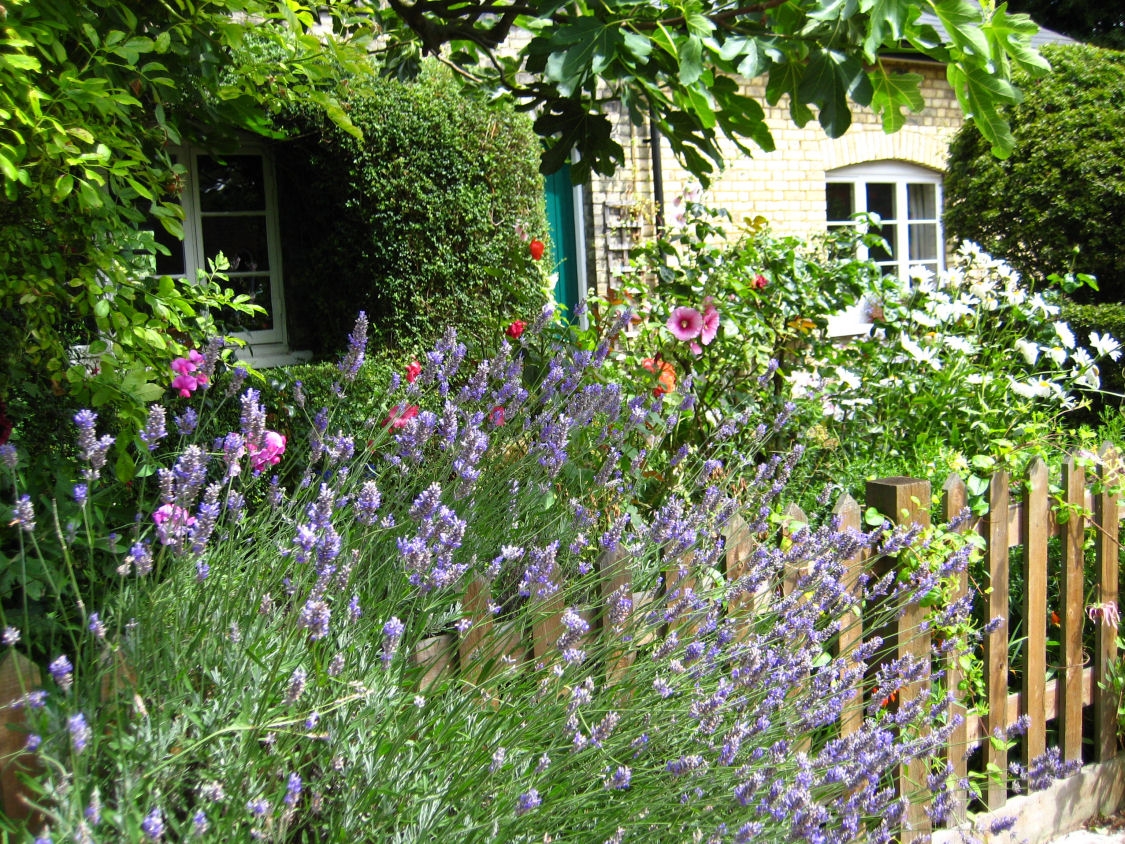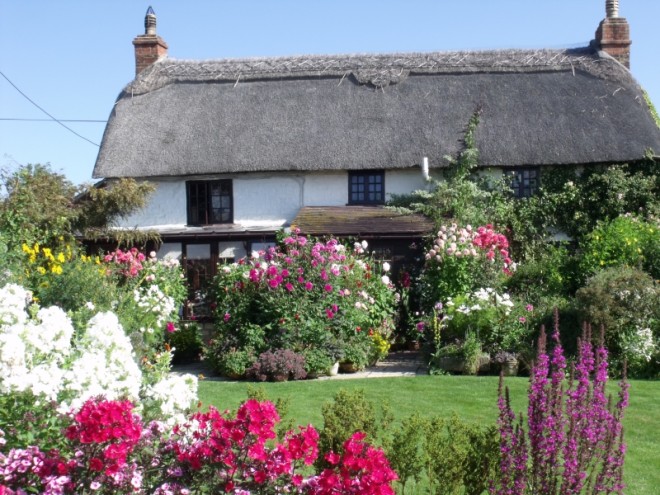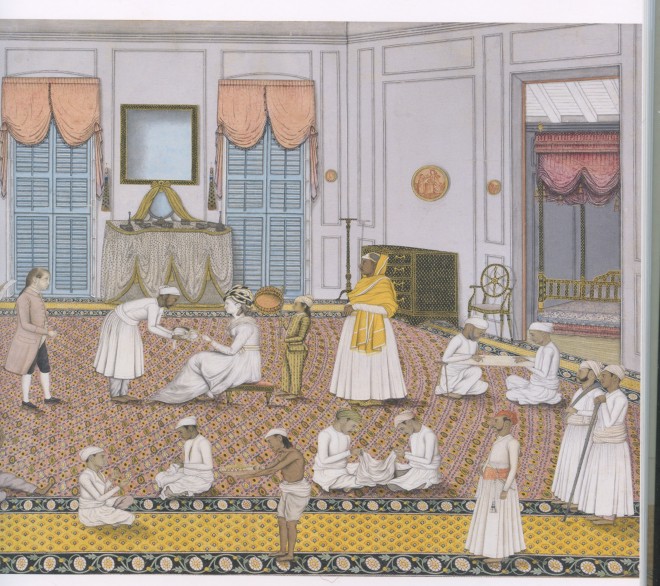
A bit of normality in a bizarre new normal. Yesterday we had the wit to bring home the office computer – the first time ever in twenty years – in case we were locked down. So now we can at least write to the seventy Persephone readers (who ordered in the last three days) whose books won’t arrive for – how long? – asking if they would like a refund. Or simply to wait. And we are planning some kind of Persephone Project, details yet to be worked out. For today, the first day of lockdown, we continue with the Newnham Collection. Here are two Sussex dining chairs by William Morris and Co c. 1870-90. ‘They were based on an original chair found in a Sussex village, were designed by Philip Webb and were probably purchased as part of the furnishings of the new college, part of the broader Arts and Crafts aesthetics of the Newnham Champneys buildings. They are prominent in early photographs of the College dining halls and have been sat on by every generation since.’ Persephone Books owns two of these chairs and when the shop reopens they will be in the shop window: a symbol of women’s education and aesthetic sensibilities being equally crucial.











